Plants That Look Like Bonsai But Aren't
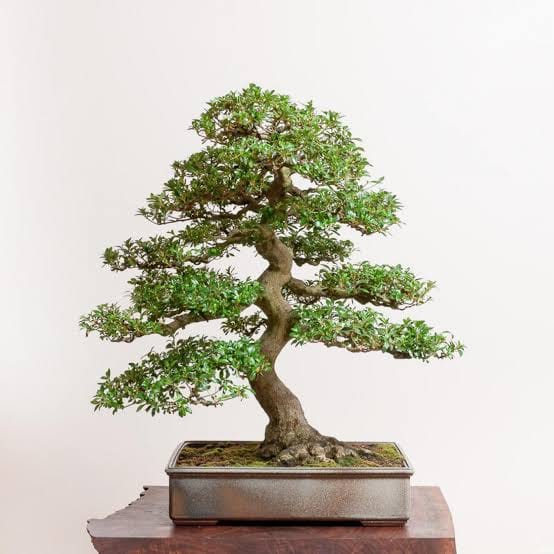
Unveiling the Impostors
While many plants can be trained into bonsai masterpieces, some deceptive beauties naturally mimic the appearance of these miniature trees without the need for rigorous training. Let's delve into the world of plants that look like bonsai but aren't, and explore their unique characteristics.
Plants that Mimic Bonsai
Certain plants have evolved to exhibit naturally small or dwarf growth habits, creating the illusion of a bonsai tree. These impostors can be just as captivating as their trained counterparts, with some species displaying intricate branching patterns, small leaves, or robust trunks. Examples of such plants include:
- Satsuki Azalea (Rhododendron satsuki): A naturally dwarfed evergreen shrub with small leaves and vibrant flowers.
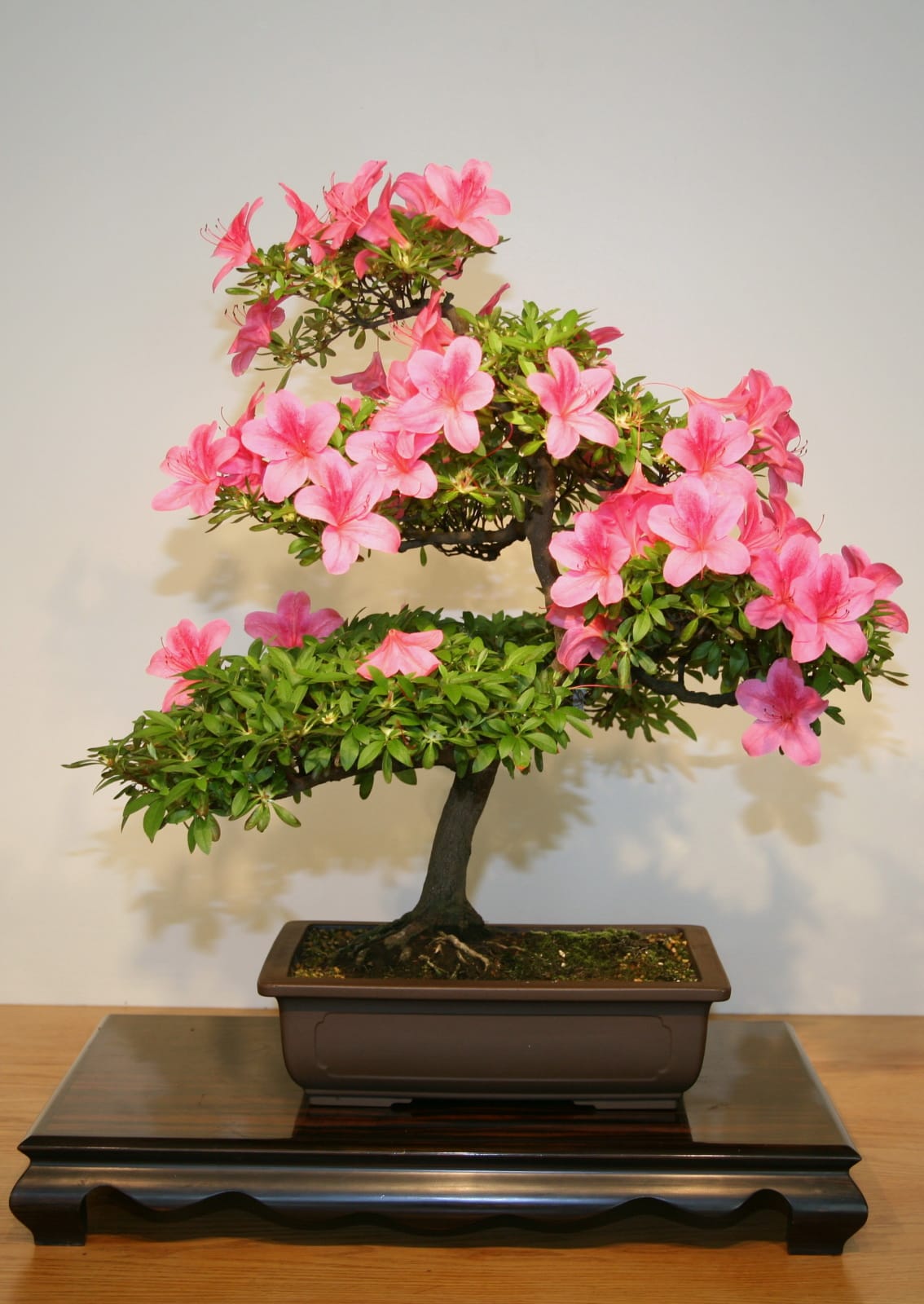
- Dwarf Jade (Portulacaria afra): A compact, slow-growing succulent with small, rounded leaves.
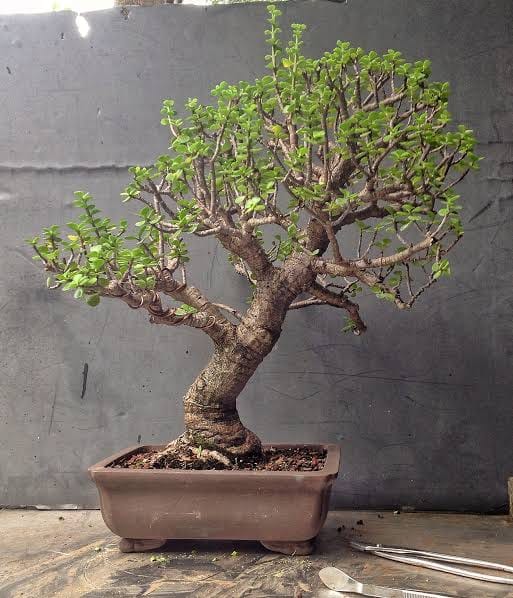
- Miniature Maple (Acer palmatum): A naturally small deciduous tree with delicate leaves and striking autumn colors.
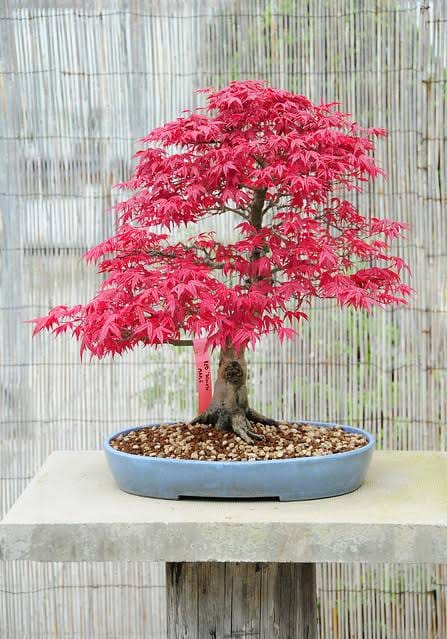
Unique Characteristics and Differences
While these plants may resemble bonsai, they possess distinct characteristics that set them apart from traditionally trained bonsai trees. Some key differences include:
- Natural growth habits: These plants grow naturally small or compact, eliminating the need for regular pruning and training.
- Leaf size and shape: Leaves may be smaller or more delicate than those found on traditional bonsai trees.
- Growth rates: Some of these plants grow faster or slower than traditional bonsai species, affecting their overall shape and size.
Embracing these deceptive beauties can add a new dimension to your appreciation for the art of bonsai. By recognizing and celebrating their unique qualities, you can expand your knowledge and create captivating displays that showcase the diversity of the plant kingdom.
Nature's Miniature Marvels
In the world of botany, some plants have evolved to mimic the appearance of bonsai trees, fooling even the most discerning eye. These "deceptive beauties" have adapted to thrive in their environments, developing unique characteristics that make them resemble their meticulously crafted counterparts. Let's delve into the fascinating world of these miniature marvels.
The Dragon's Blood Tree (Dracaena cinnabari): A Bonsai Doppelganger
The Dragon's Blood Tree, native to the Socotra Island in Yemen, is a striking example of a plant that resembles a bonsai tree. Its umbrella-shaped canopy, gnarled branches, and twisted trunk give it a haunting beauty, reminiscent of a carefully crafted bonsai. However, this tree's unique appearance is purely natural, shaped by the harsh winds and dry conditions of its native habitat.
Other Bonsai Impersonators: Powderpuff Tree and Dwarf Cherry Tree
Two other plants that masquerade as bonsai trees are the Powderpuff Tree (Calliandra haematocephala) and the Dwarf Cherry Tree (Prunus fruticosa). The Powderpuff Tree's delicate, pink puffs and intricate network of branches evoke the image of a meticulously pruned bonsai. Meanwhile, the Dwarf Cherry Tree's compact growth habit, twisted trunk, and vibrant cherry blossoms make it a dead ringer for a bonsai masterpiece.
These plants have evolved to thrive in their environments, developing characteristics that make them appear like miniature trees. While they may not be true bonsai, they are no less remarkable, showcasing the incredible diversity and adaptability of the natural world.
Low-Maintenance Alternatives
While traditional bonsai trees require meticulous care and attention, there are alternative plants that offer a similar aesthetic without the high maintenance. In this section, we'll explore the benefits of plants like Peperomia and Pachira, which have a natural bonsai-like appearance.
Peperomia: The Low-Maintenance Bonsai Lookalike
Peperomia is a small, compact plant that boasts beautiful, heart-shaped leaves and a natural, bonsai-like shape. This plant is perfect for those who want to enjoy the beauty of bonsai without the hassle of constant pruning and training. Peperomia requires minimal care, including low watering and fertilization needs, making it an ideal choice for busy individuals or those new to plant parenthood.
Pachira: The Money Tree with a Bonsai Twist
Pachira, also known as the Money Tree, is a popular plant known for its braided trunk and round, shiny leaves. While it can be trained as a bonsai, it also thrives as a low-maintenance alternative. Pachira prefers well-draining soil and moderate watering, but is forgiving if forgotten from time to time. Its natural, bonsai-like shape makes it a great choice for those who want to enjoy the beauty of bonsai without the high maintenance.
Caring for Your Low-Maintenance Bonsai Alternatives
To keep your Peperomia or Pachira looking their best, follow these simple care tips:
- Water sparingly, allowing soil to dry slightly between waterings
- Fertilize during the growing season (spring and summer) with a balanced fertilizer
- Prune occasionally to maintain shape and promote healthy growth
- Provide bright, indirect light, but avoid direct sunlight
By following these simple care tips, you can enjoy the unique beauty of Peperomia and Pachira without the high maintenance of traditional bonsai trees.
The Art of Deception
Unveil the secrets of kusamono and other accent plants that masterfully mimic the appearance of bonsai trees, adding an air of elegance to your garden. These deceptive beauties may not be true bonsai, but they possess a unique charm that can elevate your outdoor space.
Discovering Kusamono and Accent Plants
Kusamono, a Japanese term meaning "grass thing" or " herb", refers to a style of planting that emphasizes the beauty of small, delicate plants. These plants, often used as accent pieces in bonsai displays, can create a captivating illusion of a miniature tree. Explore the diverse world of kusamono and other accent plants, such as thyme, sedum, and moss, to find the perfect addition to your garden.
Creating a Unique Outdoor Oasis
Learn how to harness the power of these deceptive beauties to craft a one-of-a-kind outdoor space. By combining kusamono and accent plants with carefully selected containers, soil, and decorative elements, you can create a mesmerizing display that rivals the beauty of a traditional bonsai garden. Get inspired to experiment with different textures, colors, and shapes to produce a visually stunning and tranquil atmosphere.
Conclusion
In this article, we've explored the fascinating world of plants that resemble bonsai trees but aren't true bonsai. We've delved into the unique characteristics of each plant, from the twisted trunks of the Ficus retusa to the delicate leaves of the Serissa foetida. We've also discussed the advantages of growing these plants, including their low maintenance requirements and ability to thrive in indoor conditions.
As we conclude, we encourage you to venture beyond the traditional bonsai and explore these captivating alternatives. With their distinctive features and adaptability, these plants can add a touch of elegance and whimsy to any garden or indoor space. Whether you're a seasoned horticulturist or a curious beginner, we invite you to discover the perfect addition to your collection among these deceptive beauties.





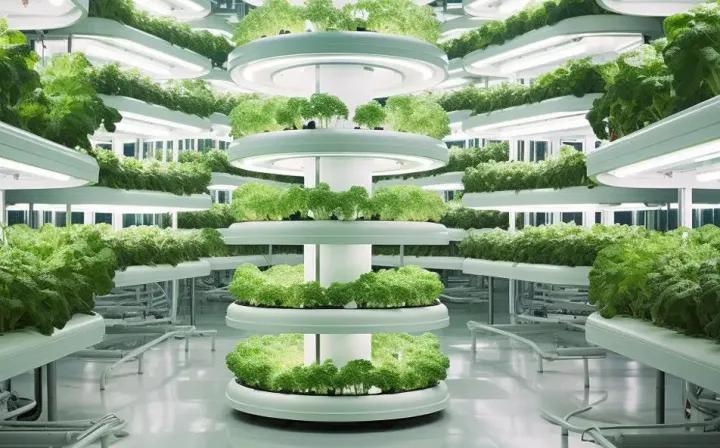









Comments ()